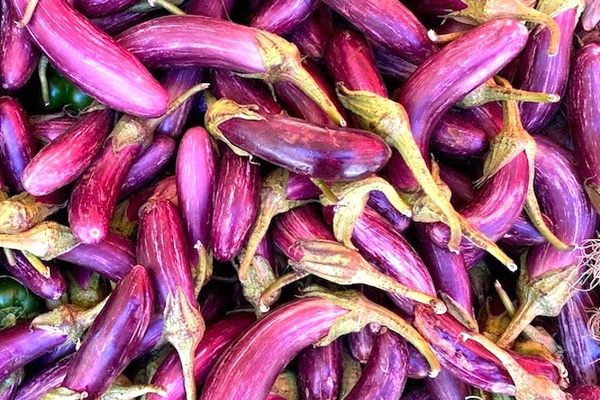Chutney is a versatile accompaniment to the Indian meal, with many regional variations serving different purposes. In the South, spicy coconut chutneys act as dips for dosas and idlis. In the North, green mint-and-cilantro chutneys serve as sandwich condiments. Meanwhile, in West Bengal, one unusually named variety does double duty as both a palate cleanser and a stand-alone dessert. Home cooks will serve plastic chutney after a hearty Bengali meal of fish and rice with a side of vegetables and dal. Fear not, this chutney, made out of raw papaya, is entirely BPA- and plastic-free. It gets its name after its aesthetic: The slices of papaya look like strips of translucent plastic after they’ve been cooked.
This Bengali home cooking staple is made by first boiling the raw papaya and then caramelizing it in a sugar syrup. Raisins and lemon juice are common additions, and sometimes the papaya is cooked with mustard seeds and dried red chilis to give a spicy kick to this sweet dish.
The papaya, a tropical fruit that thrives in humid climates, grows in abundance in the backyards of many Bengali households. Plastic chutney, which can keep for months because of the preservative quality of sugar and lemon juice, is a good way of using up the fruit without letting it go to waste.
Written By
 Rohini Chaki
Rohini Chaki















